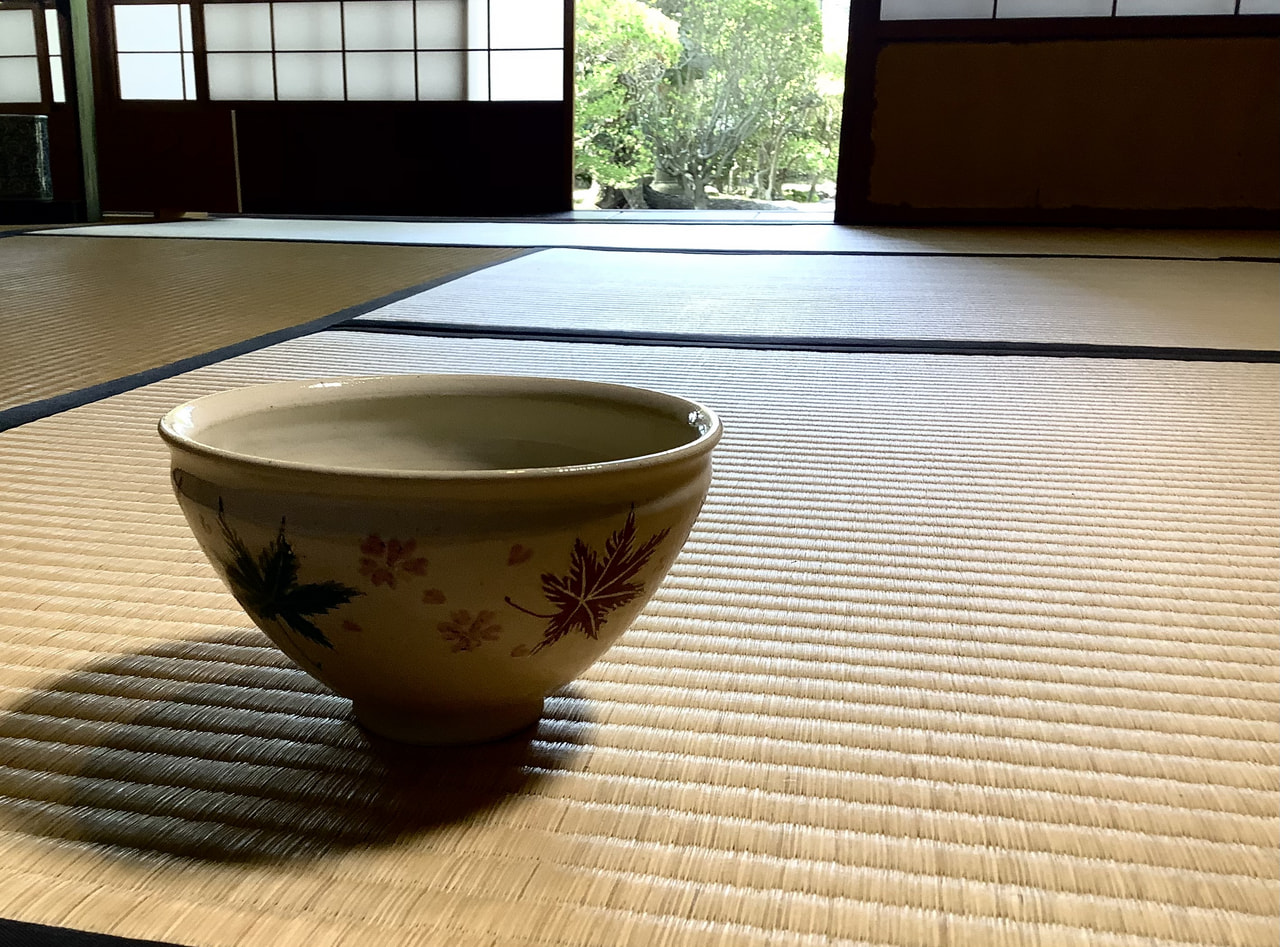
It was early spring when I joined the tea ceremony.
The sliding door to the garden was open, the tatami room was decorated with a flower arrangement, an ink wash painting for the changing seasons.
In the corner of the room, the tea kettle sat quietly—soft birdsong drifted in from just outside.
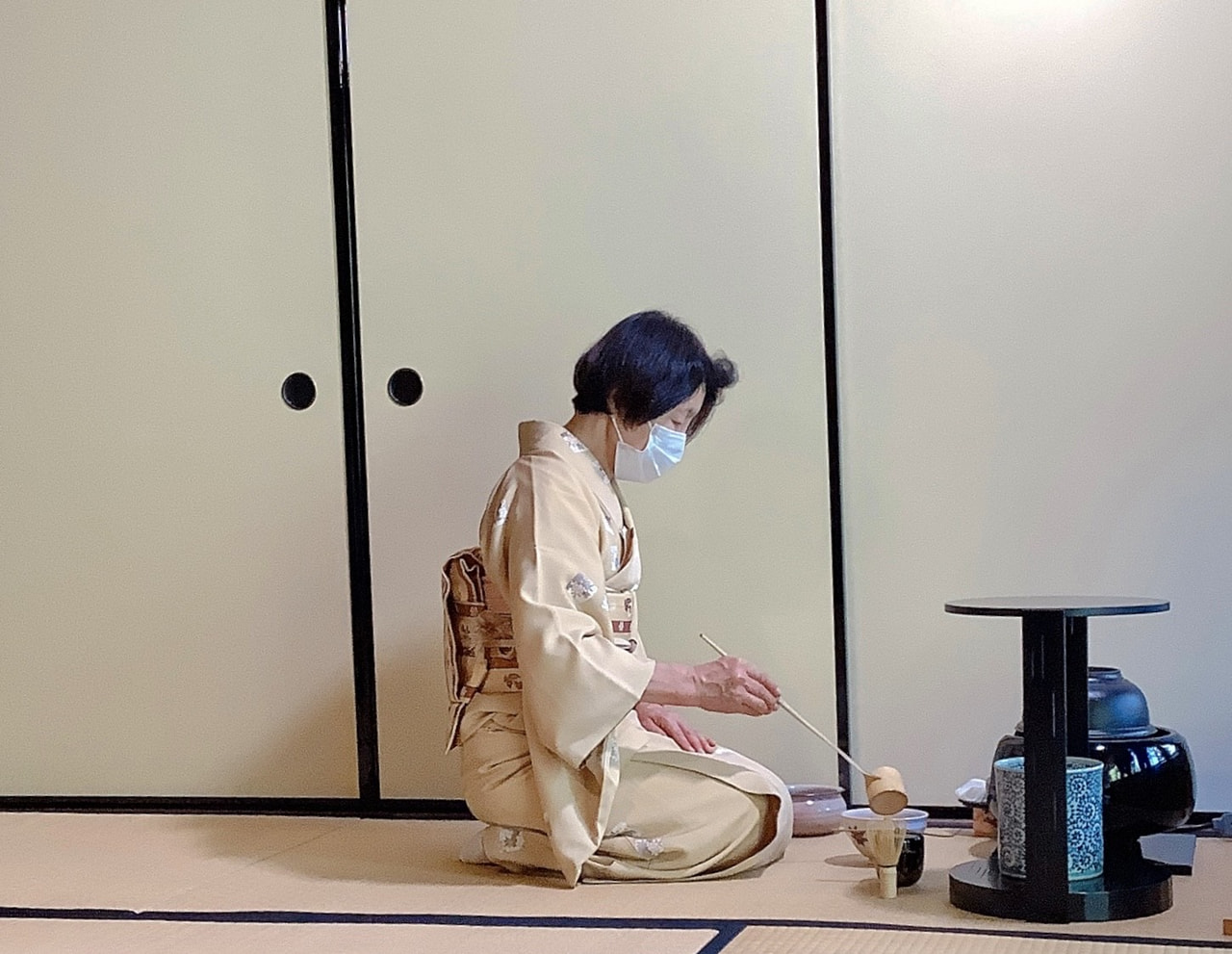
There are few things I can think of more Japanese than the Way of Tea. Alternatively called Sado, Chado, or Cha no Yu, I’ve sometimes heard about it being the Heart of Japanese Aesthetics.
Which may sound intimidating, but the Former Hasegawa Residence in Matsusaka offers an easy, no-reservations-required tea experience for only 500 yen.
The experience comes with matcha green tea and a simple wagashi (Japanese confection). It’s perfect for those looking for something casual but authentic—a quick flavor of the Way of Tea.
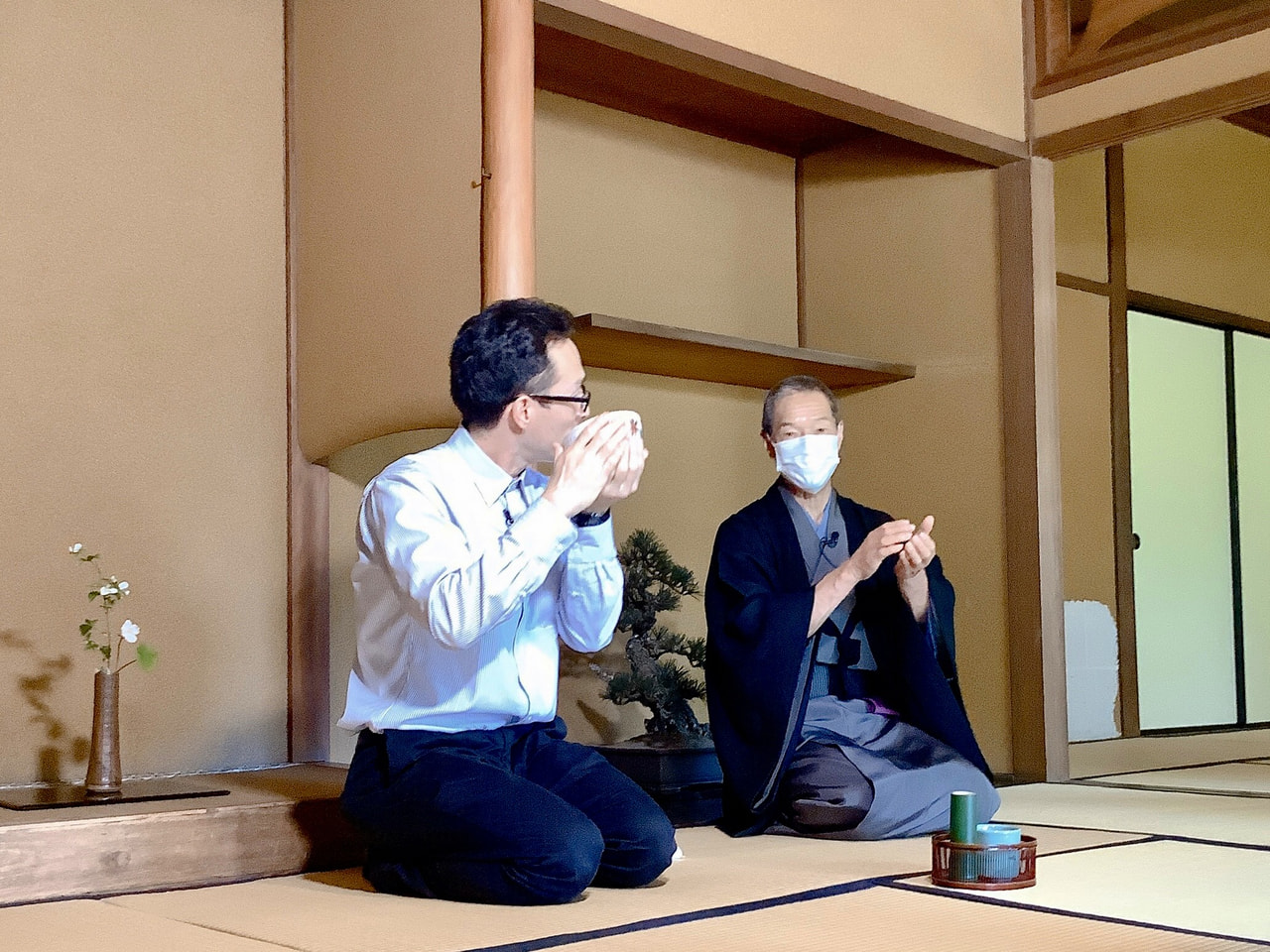
On the 2nd and 4th Sunday of every month, a Tea Master from Matsusaka’s local tea ceremony association gives a brief introductory course on Cha no Yu. I was honored to learn from Tea Master Goto Sensei.
He explained to me that while the tea ceremony is sometimes seen as stiff and formal, he believes it’s about making connections with people, about taking time away from the busyness of daily life to enjoy a moment together.
The wagashi he brought were also reflective of the early spring theme: confections made to look like bamboo shoots, cherry blossoms, flower petals on flowing water. Enjoying sweets isn’t only the taste, it’s appreciating their appearance, it’s chatting about what you think they represent.

Matsusaka has deep connections with the Way of Tea. Gamo Ujisato, who built Matsusaka Castle in 1588, was a disciple of Sen no Rikyu, the person said to have created the tea ceremony as we know it today.
Many of Matsusaka’s successful merchants also loved the tea ceremony. The Former Hasegawa Residence offers the tea experience because the Hasegawa family historically has connections to one of the major schools of tea.
I could see the simple elegance throughout the estate.
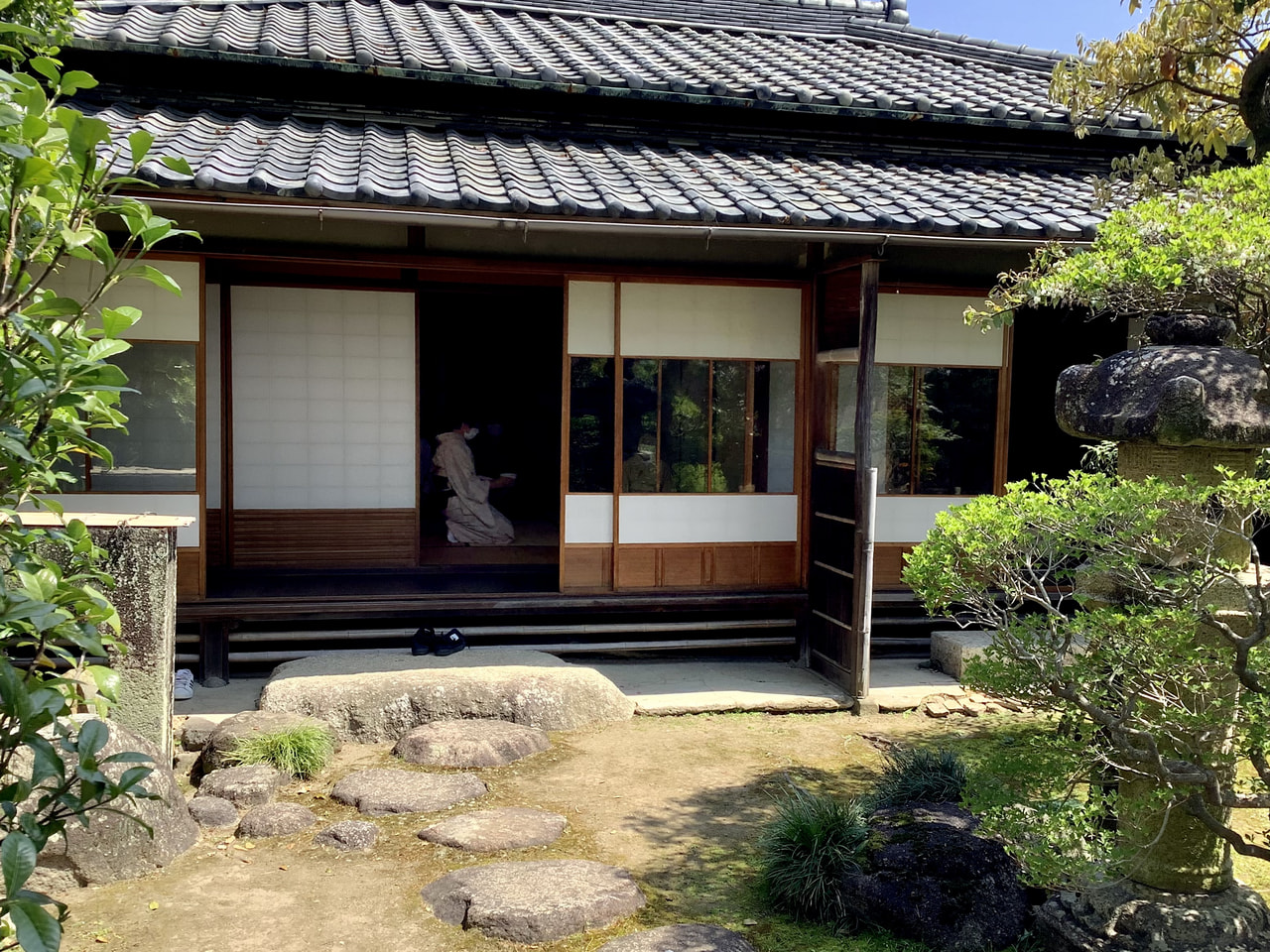
I drink a lot of tea in my day-to-day. And while I enjoy it, I’m aware I don’t really understand it.
That didn’t seem to matter for the tea ceremony experience. Goto Sensei and his lovely attendants were more concerned about creating space for us to share a moment together, to enjoy a bowl of tea without pressure.
And by doing this, I realized, Goto Sensei was teaching me about the Way of Tea.
After the tea ceremony, I walked through the gardens of the Hasegawa estate. The trees were alive with new green.
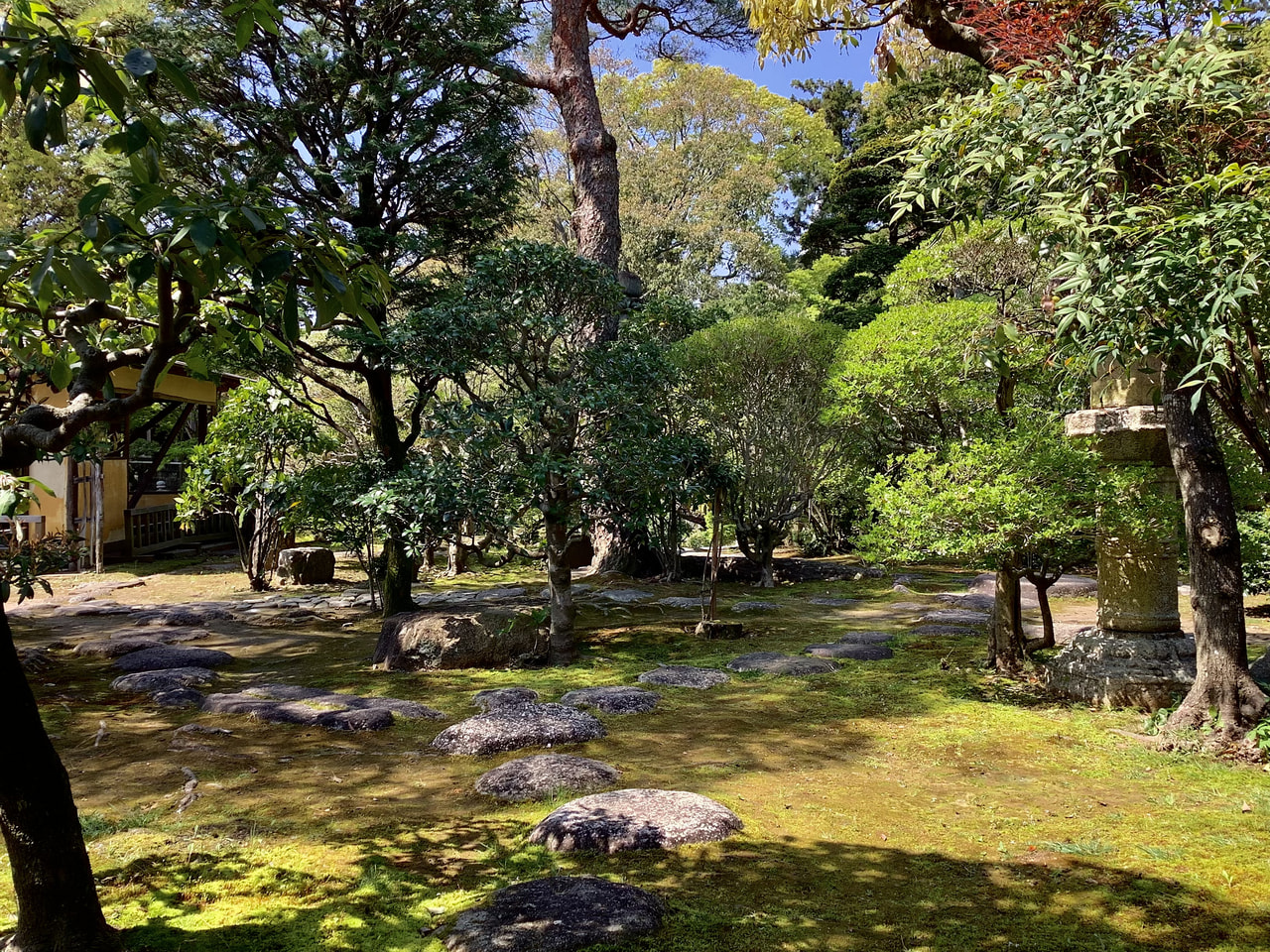
Tea Ceremony Experience at the Former Hasegawa Residence
Address: 1653 Uomachi, Matsusaka, Mie 515-0082
Cost: 500 yen
Weekdays and Saturday: 10:00-15:45
Sunday: 10:00-12:00, 13:00-15:00
Closed on Wednesday
Reservations not required, walk-ins welcome.
Phone: 0598-21-8600
Website: matsusaka-kanko.com/language/en-hasegawa/
An instructor holds an introductory tea ceremony course on the 2nd and 4th Sunday of the month.
On weekdays, Saturdays, and the 1st and 3rd Sundays of the month, the Tea Ceremony Experience is in the Taisho Zashiki, a room for entertaining distinguished guests.
The introductory course on the 2nd and 4th Sunday of the month is held in the Hanare, the room featured in the photos above.


